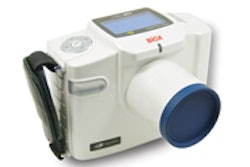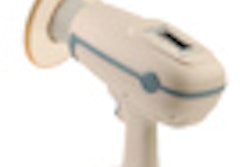Certain portable handheld dental x-ray devices do not expose operators to higher doses of radiation than conventional x-ray imaging systems, according to a study in Health Physics.
"Concern that handheld x-ray units produce higher operator doses than fixed x-ray units has caused regulatory agencies to mandate requirements for use of handheld units that go beyond those recommended by the manufacturer and can discourage the use of this technology," wrote the study authors, from the University of Nevada, Las Vegas.
To assess the need for additional requirements, they used a handheld x-ray unit (Nomad; Aribex) and a pair of manikins to measure the dose to a simulated operator under two conditions: exposures made according to the manufacturer's recommendations and exposures made according to manufacturer's recommendation except for the removal of the x-ray unit's protective backscatter shield.
Dose to the simulated operator was determined using an array of personal dosimeters and a pair of pressurized ion chambers.
The researchers found that the dose to an operator of this equipment will be less than 0.6 mSv y-1 if the device is used according to the manufacturer's recommendations. This suggests that doses to properly trained operators of well-designed, handheld dental x-ray units will be below 1.0 mSv y-1 even if no additional operational requirements are established, they concluded.



















